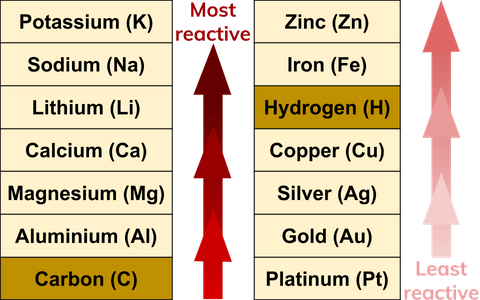

The character of this lineage of human antibodies is unusual. The representative antibody 28-12 exhibited broad neutralizing activity against both group 1 and group 2 IAV viruses in vitro and protected mice against H3N2 and H1N1 virus challenge in vivo. In the current study, we report a lineage of naturally occurring human antibodies isolated from a healthy donor who was vaccinated with a trivalent seasonal split vaccine. Moreover, understanding how bnAbs overcome highly diversified HA antigenic variations to broadly neutralize divergent IAVs would also contribute to the development of universal influenza vaccines.

The characterized bnAbs have provided powerful tools to identify such dominant germline scaffolds, thus speeding up the development of broad-spectrum therapeutic agents 19. V H1-69, V H1-18, V H3-30 and V H6-1 have shown dominant biased usage of germline genes for the stem-directed bnAbs against IAVs 18. The majority of bnAbs target the HA stem region, thus neutralizing influenza A viruses by inhibiting the low pH-induced conformational rearrangement of HA, hence blocking membrane fusion while a small fraction of them targets the conserved HA head region and block HA-sialic acid receptor binding 9, 12, 13, 14, 15, 16, 17. Several human antibodies have been isolated from vaccinated or naturally infected individuals that target conserved epitopes within HA that showed different levels of cross-reactivity towards group 1 and group 2 influenza A viruses. The globular head domain mediates the receptor binding process, and the HA stem leads to virus-cell membrane fusion induced by the low pH in endosomes 1, 11. The envelope glycoprotein HA of IAV is the major target of neutralizing antibodies 10. H1 and H3 subtypes circulate annually in human society and are therefore the components of seasonal influenza vaccines 1, 9. Usually, the H5 and H7 subtypes are highly pathogenic avian influenza viruses associated with sporadic severe human infection 8. Genetically, 16 IAV subtypes are classified into two distinct groups according to the phylogenetics of hemagglutinin (HA) 2, 4, 5, with another two new analogous HAs isolated from bats (named H17 and H18) 6, 7. Therefore, there is an urgent medical need for a more universal solution to meet the challenge of influenza A viruses. The emergence of drug-resistant influenza viruses limits the widespread use of anti-influenza drugs 2, 3. Given the rapid antigen drift and shift of influenza viruses, the current seasonal influenza vaccines are insufficient to meet broad social needs. Influenza A virus (IAV) infection remains a serious and persistent threat to global public health 1. These findings enrich our understanding of different antigenic determinants of heterosubtypic influenza viruses for the recognition of bnAbs and provide a reference for the design of influenza vaccines and more effective antiviral drugs. We report that this antibody was initially selected by H3 (group 2) viruses and evolved via somatic hypermutation to enhance the reactivity to H3 and acquire cross-neutralization to H1 (group 1) virus. In contrast, the conformational epitope feature is dependent on the discontinuous segments involving helix A, the fusion peptide, and several HA1 residues within H1N1 HA. Our structural and functional studies of antibody 28-12 revealed that the continuous amino acids in helix A, particularly N49 HA2 of H3 HA, are critical to determine the binding feature with 28-12. These antibodies broadly neutralize the major circulating strains of IAV in vitro and in vivo mainly by binding a contiguous epitope of H3N2 HA, but a conformational epitope of H1N1 HA, respectively. Here, we report a lineage of naturally occurring human antibodies sharing the same germline gene, V H3-48/V K1-12. Most structurally characterized broadly neutralizing antibodies (bnAbs) against influenza A viruses (IAVs) target the conserved conformational epitopes of hemagglutinin (HA).


 0 kommentar(er)
0 kommentar(er)
